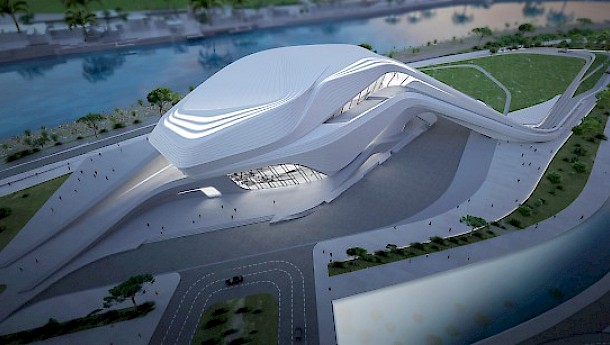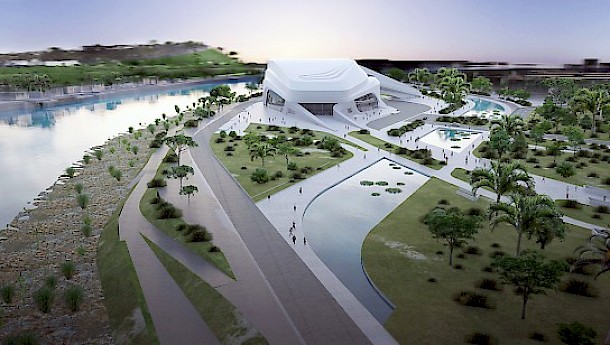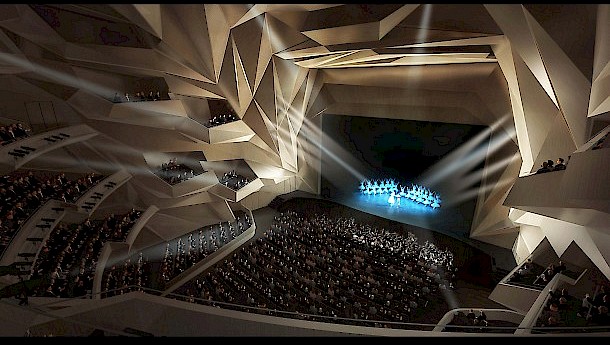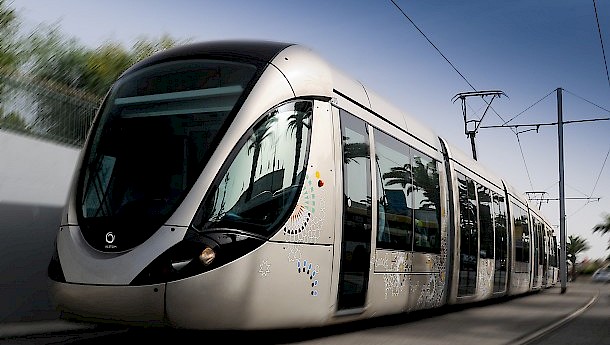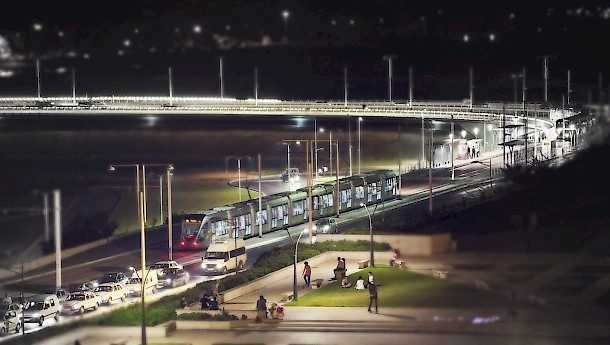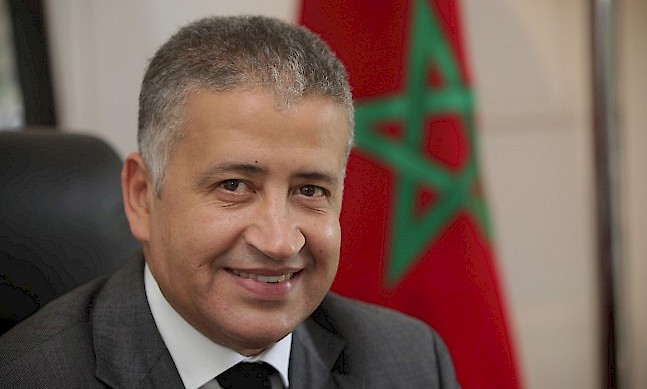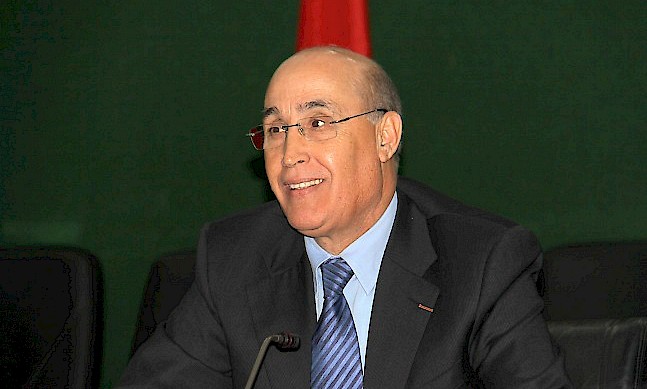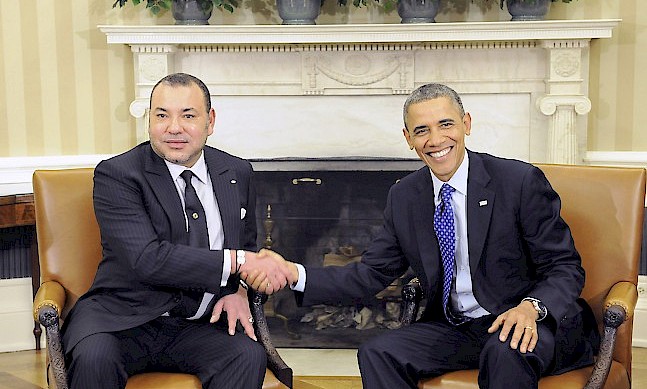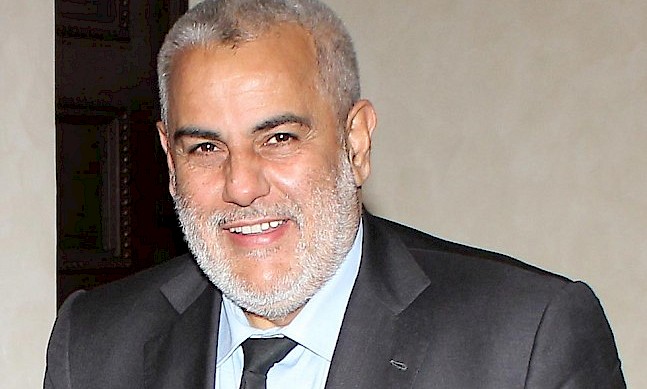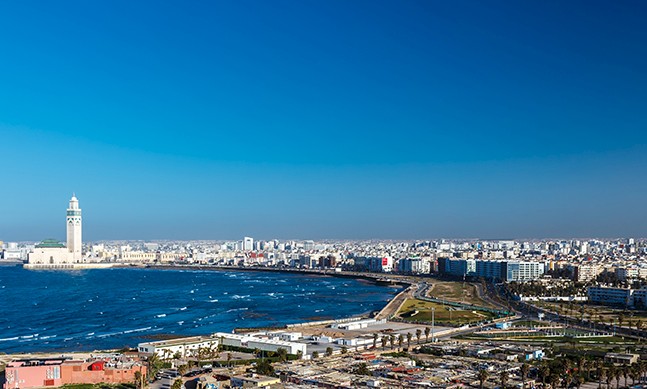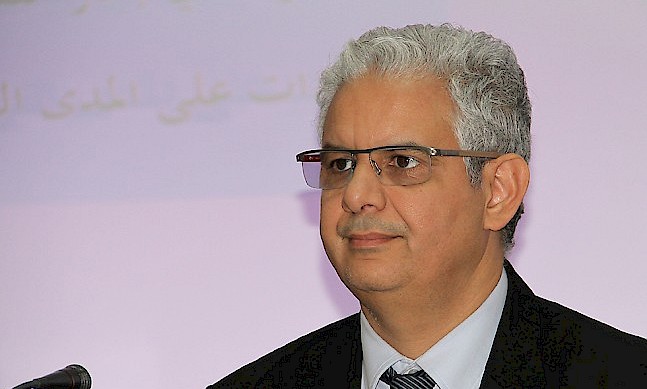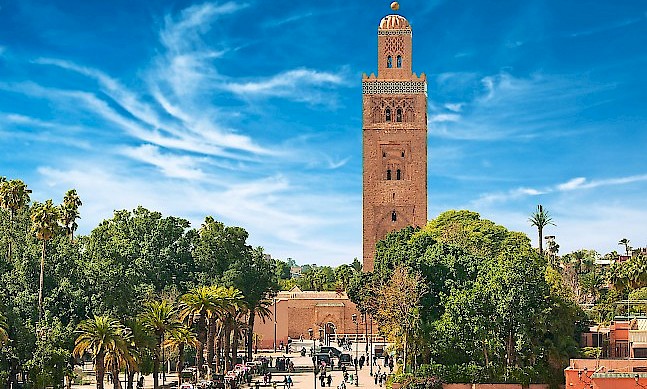From its untapped oil and gas reserves to a virile pharmaceutical sector, Morocco’s economy today has more freedom than ever to flex its considerable muscle thanks to increasing political and social stability and a reinforced communications infrastructure. With top-down educational reform now the focus of ambitious investment programs to transform the labour market, the country is ready to realise its potential both as regional hub and global competitor.
INFRASTRUCTURE
Projecting Rabat’s Future Path
A development project on the outskirts of Rabat is paving the way for a bold new capital
Situated between the capital, Rabat, and the city of Salé, Bouregreg Valley has been earmarked for a strategic development to unite two imperial cities and help Rabat develop into a truly representative capital of modern Morocco.
From the inception of the project in 2002, the primary concern for the Bouregreg Valley Development Agency has been mobility, and 80 percent of the resources, some $763 million, have been pumped into the effort. The first solutions in place include a 12.5 mile (20 kilometer) tram system from Rabat to Salé, improvements to the river and the creation of Marina Morocco, aggregating value to what was once an area of swampland and has since become a symbol of the region’s trajectory.
Partners from the north include the French Development Agency, European Investment Bank and the EU Neighborhood Investment Facility. With Paris less than three hours away and Madrid an hour and a half, the valley is poised to provide Rabat with all its future expansion needs.
OIL AND GAS
Hope for Hydrocarbons
Morocco’s oil and gas reserves remain largely under-exploited, but recent incentives have triggered renewed interest in their enormous potential
 Photo: Shutterstock.com
Photo: Shutterstock.com
With the new hydrocarbon laws of 2000, Morocco has witnessed a significant upsurge in overseas interest in its untapped oil and gas deposits, echoing its already highly successful mining industry. Just nine exploration permits were awarded in 1997 compared with 124 in 2009, an indication of the success achieved by the National Bureau of Petroleum and Mines (ONHYM) since its creation in 2005 to promote the industry and develop its skilled domestic workforce.
The promise of political and economic stability not found in the likes of Nigeria and Angola, coupled with attractive fiscal incentives that include a 10-year tax holiday and unusually high potential revenue shares of up to 75 percent, have pushed a more robust and capable Morocco back into the industry’s attentions.
That it still boasts low well density – around 0.10 wells per 100 square miles compared with the global average of 20 – and an extensive pipeline system already reaching deep into the basins, enhances the likelihood that, for the 32 international companies currently operating here, positive exploration results will soon vindicate their patience.
“Ninety-five percent of oil investment is done by international partnerships, allowing us to enjoy the benefits of exploration”
Amina Benkhadra General Director of ONHYM
Tweet ThisEDUCATION
Committed to Education Solutions
At the turn of this century, King Mohammed VI called for a top-down reform in the sector to tackle school dropout rates, low adult literacy and a shortfall of skilled workers. Progress has been made, with 95 percent of school-age children now enrolled in the education system, but teaching quality, the early adoption of English and the introduction of information and communications technology (ICT) have been slow to follow, and the challenge of regional disparity persists.
A major element in delivering Vision 2030, a roadmap to wholesale education improvements, are efforts to broaden Morocco’s talent pool via a significant increase in the number of scholarships and closer alignment with vocational training to better prepare its graduates for the job market.
Carrying out 90 percent of that work is the Office of Vocational Training and Job Promotion (OFPPT). Currently employing 10,000 people, including 7,300 high-level trainers and 2,000 engineers and doctorates from respected international schools, it has grown from offering 54,000 places in 2002 to 436,000 today, and boasts a business insertion rate of between 75-100 percent. At the halfway stage of its vision, Morocco is already taking great strides to fill the gaps in its system.
“Morocco is aware of its issues; without education,
we cannot move forward”
Larbi Bencheikh Director General of OFPPT
Tweet ThisICT
Making Connectivity Count
A significant upswing in internet usage and mobile phone penetration has staved off a perilous connectivity crisis in Morocco, and now the country is setting about putting its bandwidth to use
 Photo: shutterstock.com
Photo: shutterstock.com
Though it came into being in 1988, it took a decade for Morocco’s National Telecoms Regulatory Agency (ANRT) to really make its impact felt on the country’s connectivity. High prices and a lack of competition had stymied growth, an issue recognized by the government, which in 2008 introduced a long-term strategy to improve Internet penetration levels across the country. Although five years later, the country’s Internet users were still a dangerously low minority at 2 million, today that figure has surged to 11 million.
Much of this can be attributed to mobile phone penetration, which outstripped the government’s targets by 12 million users, while prices dropped by 40 percent. In 2015, ANRT granted the first 4G licenses on the basis that minimum penetration had to grow to 65 percent of the population within five years. In this way, the foundations were laid for Morocco both to be more competitive in the global knowledge economy, and to position itself as a regional technology hub. With the National Broadband Plan aiming to achieve broadband coverage for 100 percent of the population by 2022, Morocco’s nascent tech start-ups are ready to rise.
“In rural areas, more people are asking for Internet
connections than they are roads”
Azdine El Mountassir Billah Director General of the ANRT
Tweet ThisHEALTH
Pioneer Shapes Morocco’s Pharma Future
Morocco’s pharmaceutical industry has developed into an experienced and well-established sector which exports to the world. Homegrown firm Laprophan, founded in 1949 as a family business by Abderrahim Bennis, has played a vital role in the development of the sector. The government’s biggest pharmaceutical supplier, it remains very strong in the private sector, producing over 400 products and working with international partners such as Pfizer, P&G and Danone.
As Morocco’s domestic market, now worth an estimated $1.51 billion, has grown, so too has the company’s commitment to cutting-edge in-house R&D, which has resulted in innovative patent products registered in over 110 countries including the United States.
“We invest in R&D to develop innovative and internationally recognized medicines with high added value for health professionals”
Ali Bennis President of Laprophan
Tweet This
Today, Morocco is the continent’s second-largest pharmaceutical exporter, with seven to eight percent of production now leaving the country, largely southward. Following the expansion of its 990,300 square foot (92,000 square meter) state-of-the art manufacturing plant, however, Laprophan is looking not just to boost exports to Africa but also to the Middle East, Europe and the Americas.
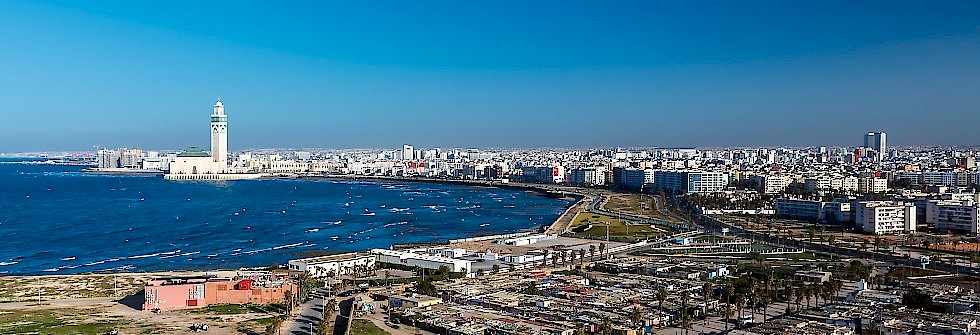 Casablanca, Morocco. Photo: Shutterstock.com
Casablanca, Morocco. Photo: Shutterstock.com

